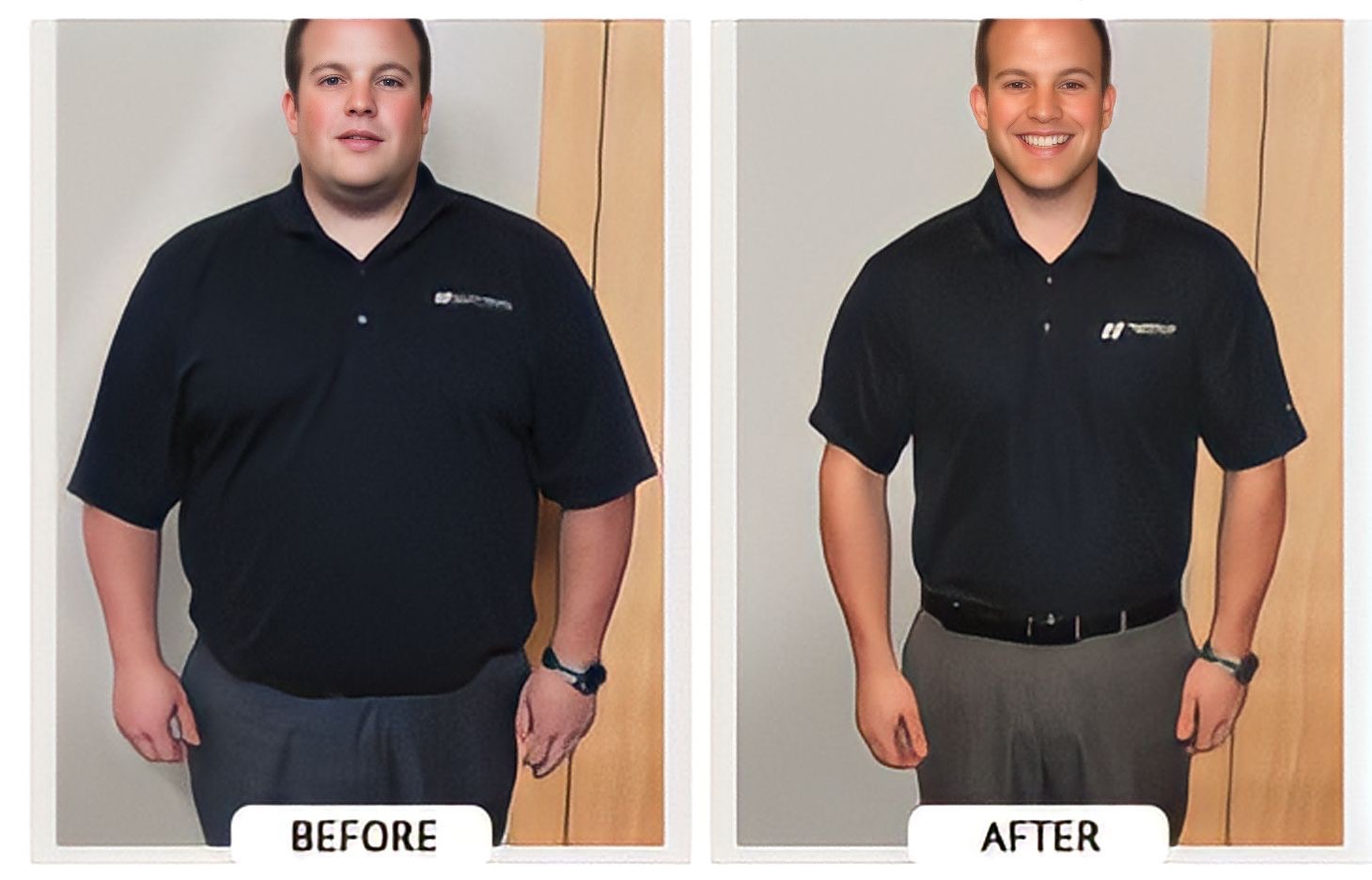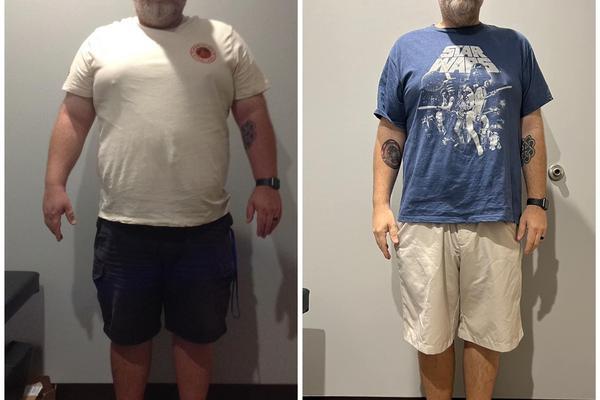Transform Your Life with ChiroThin™
Experience the clinically-proven ChiroThin™ weight loss protocol, supervised by healthcare professionals and designed to help you achieve dramatic, sustainable results in just 42 days.
Lose 20-35 pounds in just 42 days*
Doctor-supervised protocol for safe, effective results
No exercise required during the protocol
Trusted By Hundreds Of Thousands Of Patients Nationwide

Sheldon's Transformation with ChiroThin
Real People | Real Result | Real Food
* Results may vary.
What Makes ChiroThin™ Different?
ChiroThin™ is a revolutionary doctor-supervised weight loss protocol that combines a healthy eating plan with our nutritional support formula designed to help maximize fat metabolism while preserving muscle.



Scientifically Formulated Protocol
Our comprehensive 42-day protocol works with your body's natural processes to help target stubborn fat stores while preserving muscle.
Doctor-Supervised Protocol
Every step of your weight loss journey is supervised by a doctor to ensure safety and maximize results.
Rapid, Sustainable Results
Most patients lose 20-35 pounds in just 42 days*, with the program designed to help you maintain your results long-term.
No Artificial Supplements or Exercise Required
Unlike other programs, ChiroThin™ doesn't rely on shakes, injections, drugs with side-effects, pre-packaged meals, or mandatory exercise during the weight loss phase.
* Results may vary.
See The Transformations For Yourself
These real patient before and after photos showcase the dramatic results possible with the ChiroThin™ weight loss protocol in just 42 days.






*Results may vary. These are real patient results achieved with the ChiroThin™ protocol under doctor supervision.
Begin Your Weight Loss Journey Today
Connect with a certified ChiroThin™ doctor in your area to start your transformation.
Doctor Locator
Find a certified ChiroThin™ doctor in your area. Enter your ZIP code below to get started.
Four Simple Steps to Transform Your Body
The ChiroThin™ protocol makes weight loss simple and effective with our proven four-step process. Most patients see dramatic results within the first week and continue to lose throughout the 42-day protocol.
Initial Consultation
- •Comprehensive health assessment
- •Body composition analysis
- •Program overview and education
- •Personalized weight loss goals
Program Preparation
- •Receive your ChiroThin™ formula
- •Detailed nutrition guidelines
- •Meal planning assistance
- •Set your start date
- •Learn how to track your progress
42-Day Protocol
- •Weekly doctor check-ins
- •Body composition monitoring
- •Nutritional support and guidance
- •Addressing any challenges
Maintenance & Support
- •Transition to maintenance phase
- •Long-term nutrition strategy
- •Ongoing support as needed
- •Optional additional cycles for more weight loss
- •Celebration of your success!
No obligation. Schedule a consultation with a certified ChiroThin™ doctor near you.
Hear From People Who've Transformed Their Lives
Watch these inspiring testimonials from patients who have experienced remarkable results with ChiroThin™.

Diane
ChiroThin™ Testimonial

Cindy
Lost 40 lbs with ChiroThin™

Kathy
Weight Loss Testimonial
Ready to Transform Your Life?
Join hundreds of thousands of successful patients nationwide who have transformed their bodies and improved their health with the ChiroThin™ weight loss protocol. Find a certified doctor near you today.
Lose 20-35 pounds in just 42 days*
No exercise required during the program
Doctor supervision for safety and results
Comprehensive support throughout your journey
"ChiroThin Changed My Life"
Hear from real patients about their experience
"I lost 25.2 lbs and 3.5 inches off each thigh with ChiroThin—and gained back my energy, clear thinking, and confidence. My perimenopause symptoms are gone, my sleep is better, and I no longer deal with bloating or stomach pain. This is truly the easiest and most life-changing thing I've done for my health."
Becky G.
Lost 25.2 lbs with ChiroThin™
Free consultations available. No obligation.
* Results may vary.
